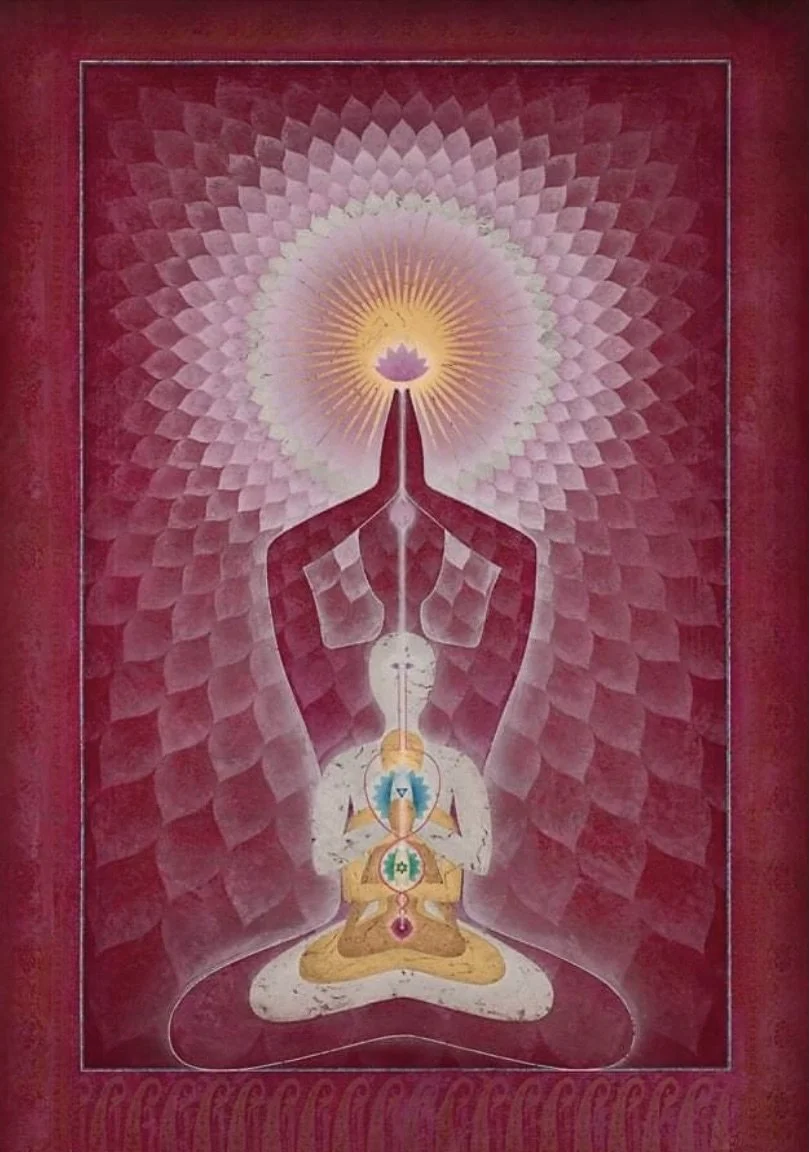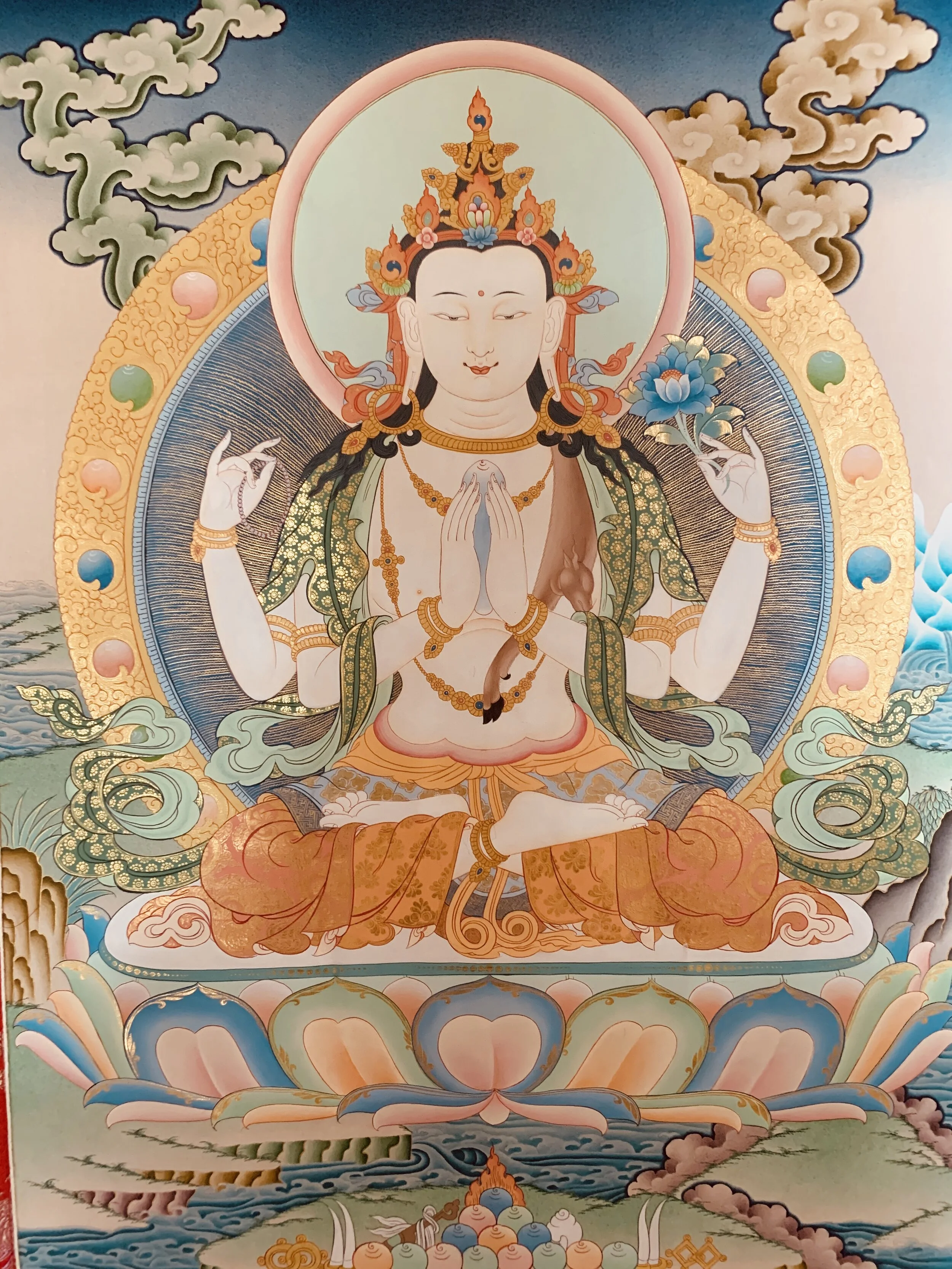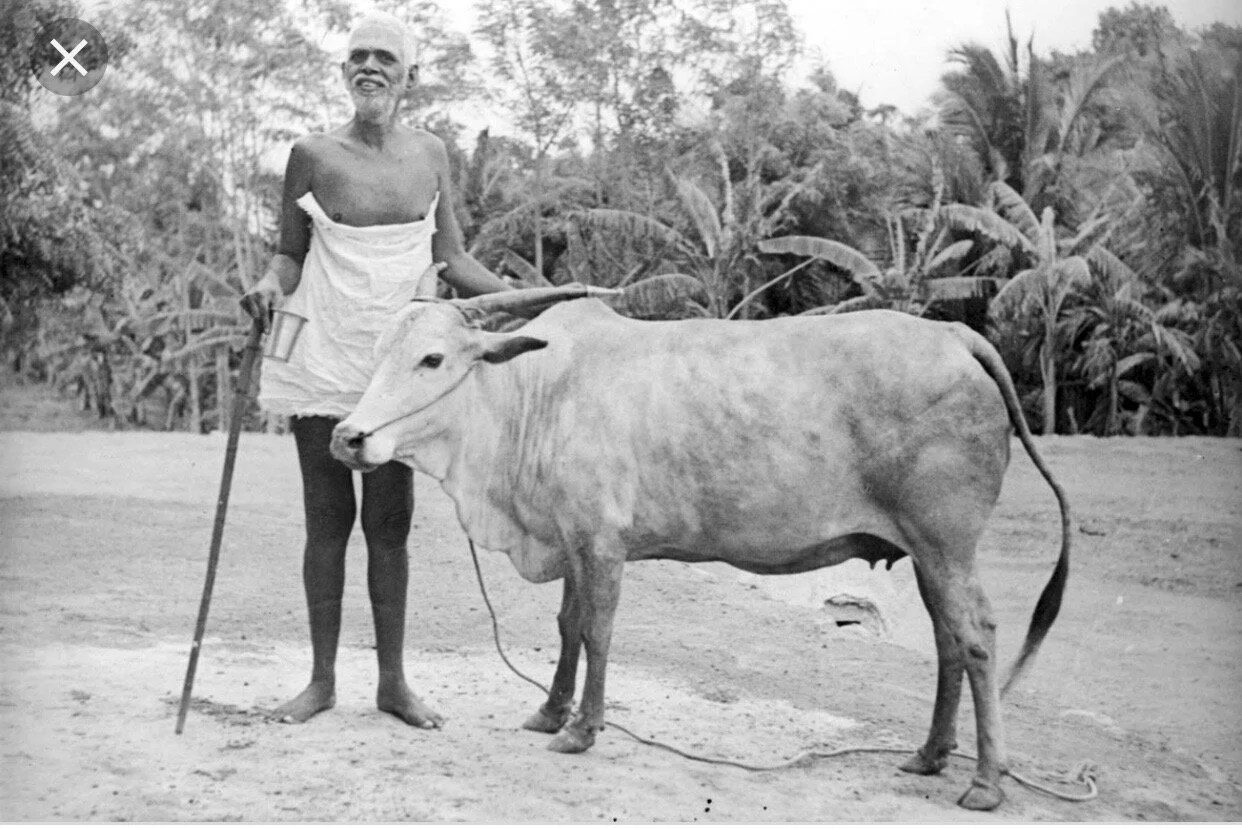AUM: The Power of Sound
The sound Om holds a particularly sacred place in Yogic tradition and subtle body technology. In fact, to refer to Om is to diminish its sacredness: in most traditional texts, including in the Yoga Sutras of Patanjali, the Om is given the name of Pranava, or that which contains the supreme prana.
2.2 Santosha: Cultivating Contentment
Our awareness does not change, only the circumstances that the awareness observes changes, and it does so constantly. The yogi in a state of Santosha is able to remain vertical as that awareness in the horizontal plane of time and circumstance.
Is Exercise Yoga? Is Yoga Exercise?
The subtle body and the physical body are interconnected and bound through breath, electric and energetic current, and inner alignment. In other words, the body is the classroom where our physical and our divine meet, play, and fall in love with one another.
1.3 Asteya and Cultivating Curiosity
Curiosity, then, becomes an Asteya practice. Staying open to your process by not stealing, shutting down, and manipulating your deepest authority and intuition. Even when you have a real spiritual insight, does this insight come out of the inspiration of your curiosity or is it a stolen concept that you hold jealously? You can absolutely feel the difference. The first is free and multiplies upon application in the world- the more people that teach this truth the better; the second is a closely guarded and trademarked item that you monitor like a dragon over its keep.
1.1 Ahimsa: The First Yama
The heart can rest in a deep, spacious peace when we are in a complete ahimsa practice. You start to trust your intuition; you start to observe the mechanism of your thoughts and how frequently they pay service to judgments toward ourselves and toward others, allowing this dysfunction to soften and melt away; you develop boundaries that express how fierce kindness and justice must be in its greatest glory.
2.5 Ishvara Pranidhana and Free Will
Here lies a perennial question: what is free will? Is my will free? What choices do I have when everything in life’s flow has led to this exact moment? What in the world do I do with that?
1.0 The Ethics of Yoga
Notice what you are doing in every single given moment. Begin by just pausing a few times in your day to notice what you’re thinking, what you’re feeling, what actions you take to self-sooth uncomfortable feelings. Don’t try to change your activities. Don’t manipulate your thoughts or feelings. Just notice them. Become the great observer of your life. If I could sum up every teaching of yoga in one phrase, “notice what you notice” always stands out.
1.2 Satya and Resolving Karma
Our relationships matter. Our contracts and our jobs and the way we communicate matters. How did you speak to your partner today, or your children, or the person in the checkout line at the grocery store? Are you open and honest in your heart, in your humanity, in your inner landscape of thought and self-inquiry?
Softening Cords of Ancestry
Let us be comfortable in the furniture of the house that breaks, the stuff that we hold precious or that our near-ancestors and loved ones held precious long ago at some faded moment; that we are afraid to break and that we tiptoe around, but don’t know quite why; the overstuffed stuff and the under-dusted surfaces. Let us be as welcoming in these crowded rooms as we are in the bright spaces when the sunshine bursts through the window causing us to throw open all the doors and breathe sweet air.
2.4 Svadhyaya: Studying Oneself
Just like any scientist, the Yogin prefers to work in the laboratory rather than only in the classroom. That is, we actively engage in the process of self-investigation by tinkering with this or that aspect of reality, thought, emotion, and sensation. Observe, change, observe again. We are not merely the student that listens and absorbs but does not get dirty and up to the elbow in dissection. We are both.
A Poem to the Goddess
I see god in everything
I suppose you could call me a stalker
Admittedly a very
Lazy
One
Let the Heart Meet the Mind: Coronavirus and the Practice
Nothing challenges us as humans the way uncertainty challenges us, which is why people’s minds love routine, control, and structure. But these very gifts of the mind (routine, control, and structure) can also be a great enemy during times of challenge until we can begin to find some balance through faith, self-compassion, and gratitude: in other words, how can your heart meet your mind in equally-balanced harmony?
2.3 Tapas and Kriya Yoga
We do not need to be so extreme in our actions to practice Tapas. We can simply deepen what we’ve been practicing all along: wisdom, honesty, straightforwardness, strong boundaries, self-investigation, and self-compassion. Commit yourself to your inner practice. These very extreme teachings show us what commitment looks like when it is undertaken totally.
1.4 Brahmacharya and Relationship
The triggers that come up in our most complex interactions with those with whom we are the closest is exactly the trove of material that gives us the most opportunity for growth and transformation. In modern life this is where we can find the lessons of Brahmacharya.
1.5 Aparigraha and Desire
When we walk back from a thought we almost always find an emotion, and when we follow an emotion we find loops of thought. Thought-emotion is really one arc and depending on where you are looking on that arc it will present predominantly as one or the other. Actually, it’s fairly rare to be far enough on the end of the spectrum that a thought presents without any emotion or an emotion presents without any thought.
Looking at the Ashtavakra Gita
love this: meditate on all that you are- the immutable everything... But your bondage is that you meditate!
2.1 Saucha and Purity in Yoga
Yes, social rituals and personas do matter, but for the sincere aspirant of yoga, this is an outcome or a byproduct if you will flowering from a much deeper and quieter process of self-investigation into the movements of the mental/emotional self. The yogi is not cramming the large personality into a social construct and trying to tow that line to be culturally accepted- the yogi is trying to get to the bottom of that large personality altogether in a difficult and scientific process that sweeps away the constructs of the self layer by layer.
Pause Your Breath: Kumbhaka
How do you practice a safe and comfortable pause, or kumbhaka, in your breathing?

















